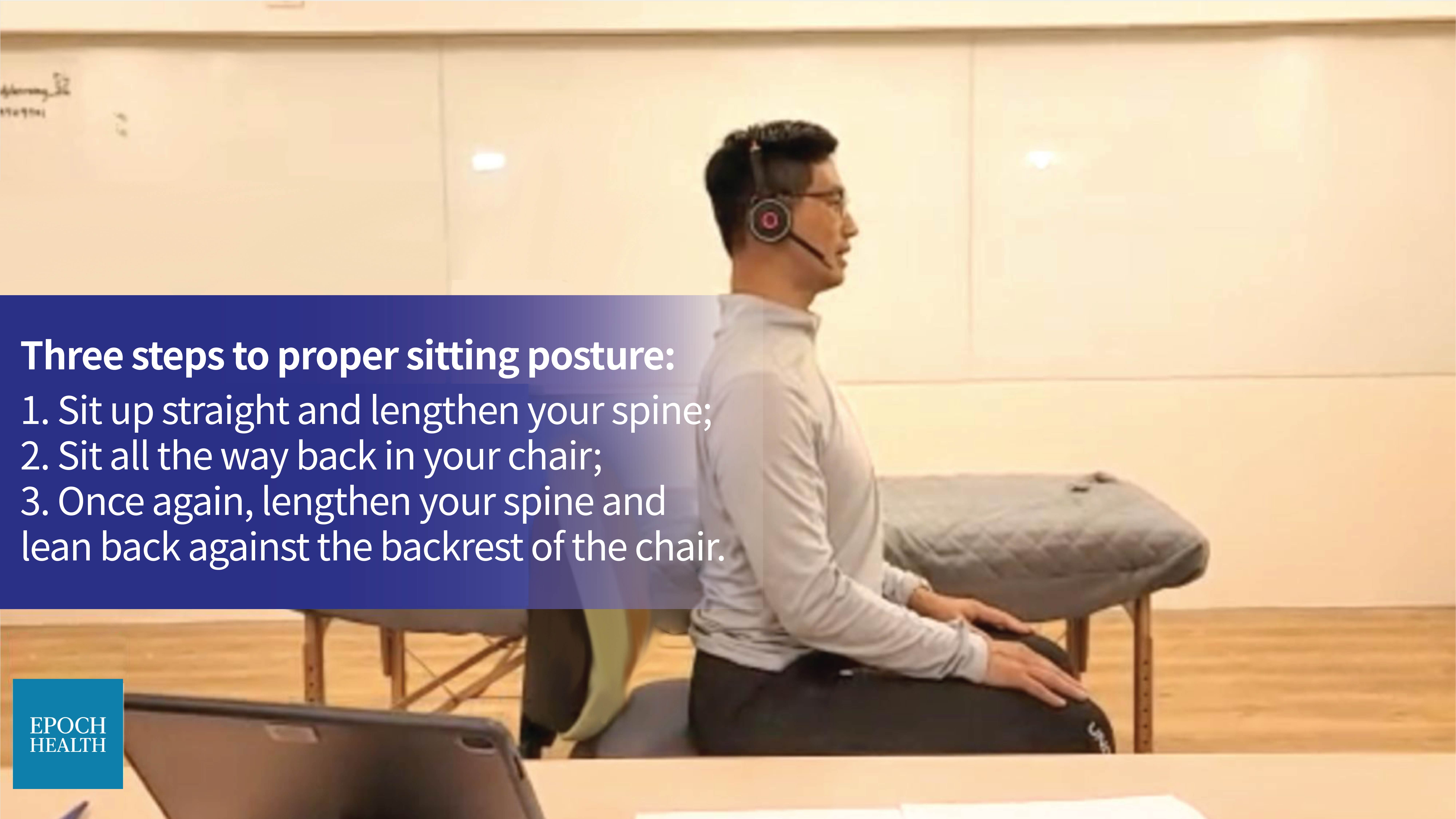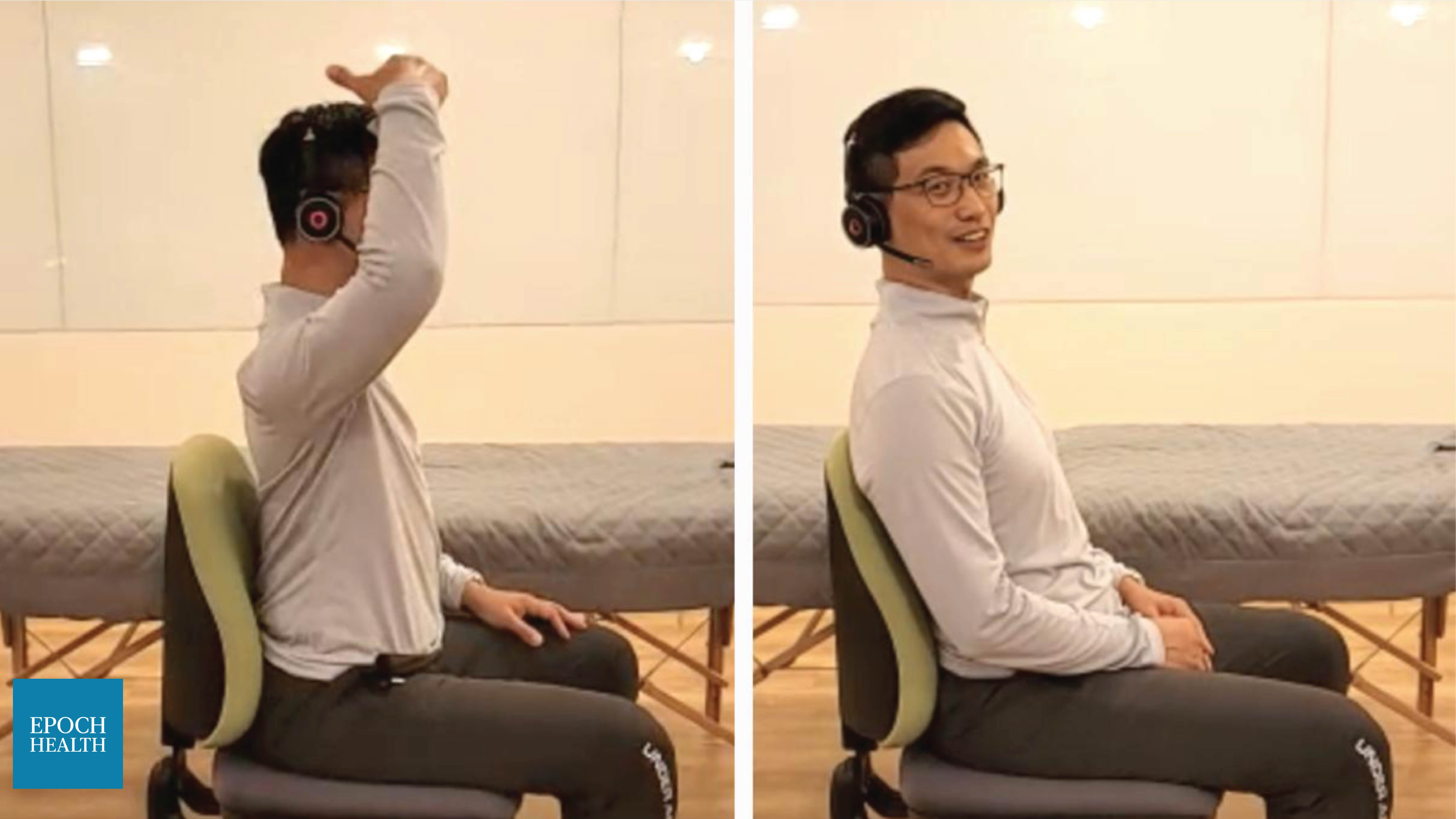


To maintain a healthy spine, it is crucial to have proper sitting posture. Incorrect postures such as hunching or sitting in a half-reclined position can damage the spine, leading to pain in the shoulders, neck, and lower back.
Hunching is widely regarded as the top culprit of bad sitting posture. Many people, especially office workers who spend long hours at the computer, tend to hunch while sitting. One possible explanation is that their keyboard is placed too far away, making it difficult to sit up straight. As a result, they often end up sitting with a hunched back and a raised head.
Prolonged hunching while sitting can lead to the following symptoms:
Hunching can compress the stomach and respiratory tract, leading to breathing difficulties, chest tightness, and indigestion. Additionally, prolonged spinal curvature and tension in the fascia of the upper body can also cause tension-type headaches that are uncomfortable from the back to the front of the chest. Many people tend to hunch their backs and lean their heads forward while using the computer, which can cause severe compression on the cervical spine and lead to cervical degeneration.
When sitting on a chair with a backrest, it is common for people to relax and lean back lazily, leaving a significant gap between their lower back and the chair. This posture is known as a half-reclined sitting position and is particularly noticeable when sitting on a deep couch or in bed.
This posture can cause damage to the intervertebral discs, leading to problems in the lower body. The compressed intervertebral discs are like donuts with filling, with one end pinched and the other seemingly on the verge of bursting.
This posture refers to the common habit of leaning on the armrest of a sofa or chair, or leaning the entire body against the side of the armrest and tilting to one side while sitting.
Sitting in this posture can cause bodily imbalances and lead to symptoms that are more likely to appear on one side of the body, such as in the shoulder, waist, or hip. Common conditions like limb-length discrepancy, uneven shoulders, scoliosis, and pelvic tilt are closely linked to this incorrect and unbalanced sitting posture. Over time, it can even affect the functioning of internal organs.
Prolonged sitting can be just as harmful as smoking. However, unlike in the past when physical labor was common, prolonged sitting has become a way of life for many today. Therefore, it is even more crucial to have proper sitting posture.
There are three steps to proper sitting posture:
Step 1: Sit up straight. Your spine should maintain its natural curve. Take a deep breath, and you will notice how much easier it is to breathe. If you hunch over, your breathing will be restricted. On the other hand, sitting up too straight and tensing up can also restrict your breathing, which is also incorrect. Next, lengthen your spine as if you are being measured for height.
Good breathing is a crucial aspect of sitting up straight, and it is also an important indicator of proper posture.
Step 2: Sit all the way back in your chair. Lift your hips and tuck them in all the way to the back of the chair.
Step 3: Once again, imagine yourself being measured for height, lengthen your spine, and lean back against the backrest of the chair. Then, relax your body. The same applies when sitting in an office chair or on a couch at home; do not lean directly against the backrest, as this can easily lead to incorrect sitting posture.




